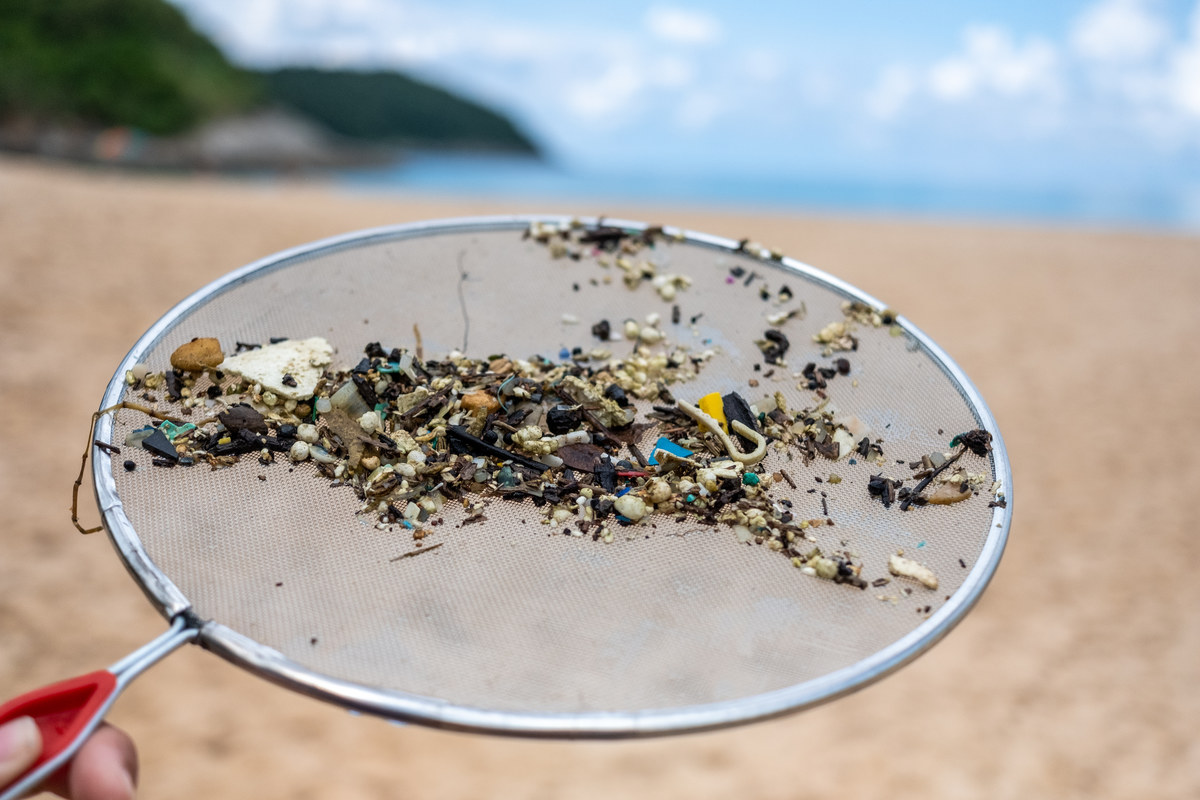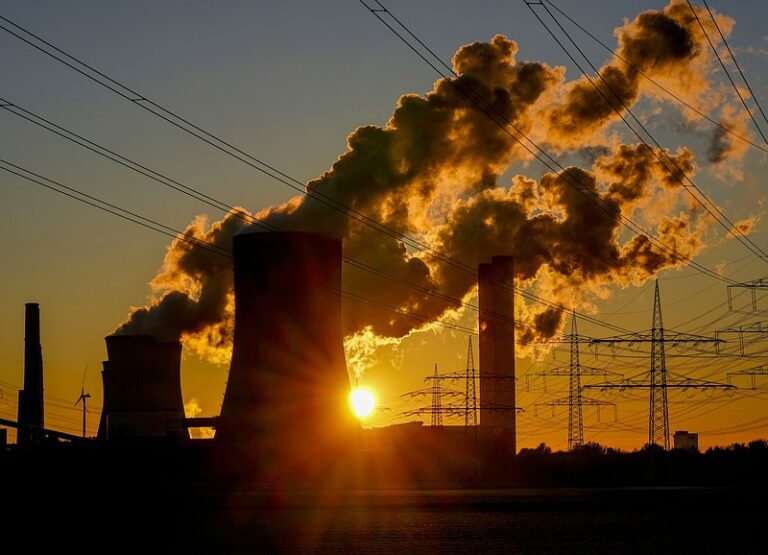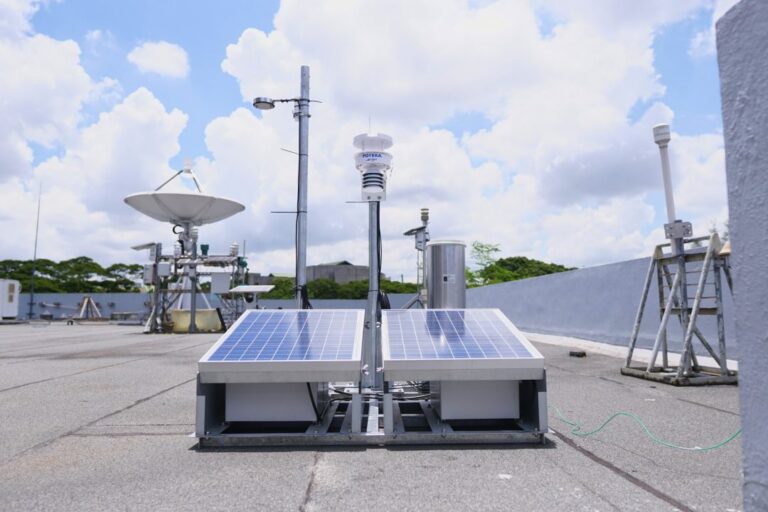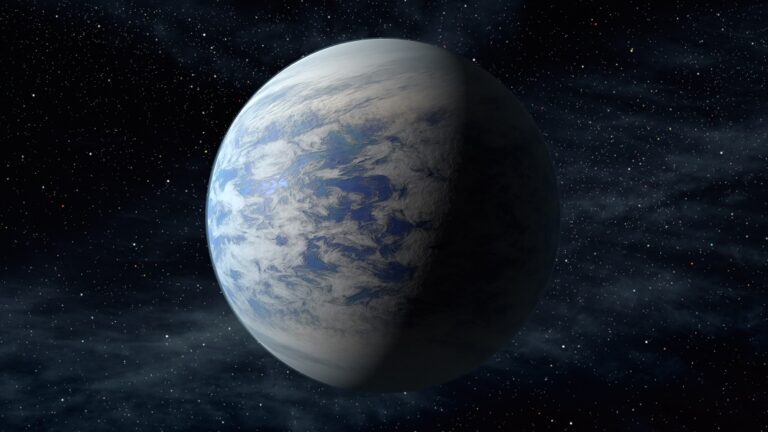Microplastic Pollution: The Tiny Threat with Enormous Consequences
Microplastic pollution is a modern-day environmental crisis characterized by the accumulation of small plastic particles in various ecosystems, posing a significant threat to both marine and terrestrial life. These tiny plastic fragments, measuring less than 5 millimeters in size, come from a variety of sources and have pervasive and detrimental effects on the environment, wildlife, and potentially human health.
Sources of Microplastics
- Breakdown of Larger Plastics: Over time, larger plastic items, such as bottles, bags, and packaging, degrade into smaller fragments due to exposure to sunlight, mechanical action (e.g., waves and currents), and microbial degradation.
- Microbeads in Personal Care Products: Microbeads, tiny plastic spheres found in many personal care products like facial scrubs and toothpaste, wash down drains and into water bodies, contributing to microplastic pollution.
- Synthetic Fibers: Synthetic fabrics used in clothing (e.g., polyester, nylon) shed microfibers during washing and wear, which enter wastewater and ultimately end up in oceans and rivers.
- Industrial Processes: Industrial activities, such as sandblasting, can generate microplastic particles from abrasive materials used in surface treatments.
Environmental Impact
- Marine Life: Microplastics are often mistaken for food by marine organisms. When ingested, they can block digestive tracts, cause physical damage, and introduce toxic substances into their bodies. This affects the entire marine food chain, from zooplankton to larger marine animals.
- Terrestrial Ecosystems: Microplastics can accumulate in soil, affecting plant growth and soil health. They can also be ingested by land animals, potentially entering the food chain.
- Human Health Concerns: Research is ongoing to understand the extent to which microplastics may enter the human body through food, water, and air, raising concerns about potential health risks associated with consuming or inhaling microplastics.
Mitigation and Prevention
- Reducing Plastic Usage: Efforts to minimize plastic consumption and promote the use of eco-friendly alternatives can significantly reduce the generation of microplastics.
- Improved Waste Management: Implementing efficient waste collection, recycling, and disposal systems prevents plastics from ending up in the environment.
- Regulation and Policy: Governments and organizations need to enforce stricter regulations on plastic production, use, and disposal. Banning microbeads in personal care products and imposing taxes on single-use plastics are some examples.
- Public Awareness and Education: Educating the public about the dangers of microplastics and the importance of responsible plastic use is vital for behavioral change and long-term solutions.
- Water Filtration and Treatment: Implementing advanced water treatment technologies to filter out microplastics from wastewater before it is released into the environment can help reduce contamination.
Microplastic pollution is a global concern that demands immediate and concerted efforts from individuals, industries, and governments alike. By taking proactive steps to reduce plastic consumption and improve waste management practices, we can mitigate this pervasive and destructive environmental issue.







